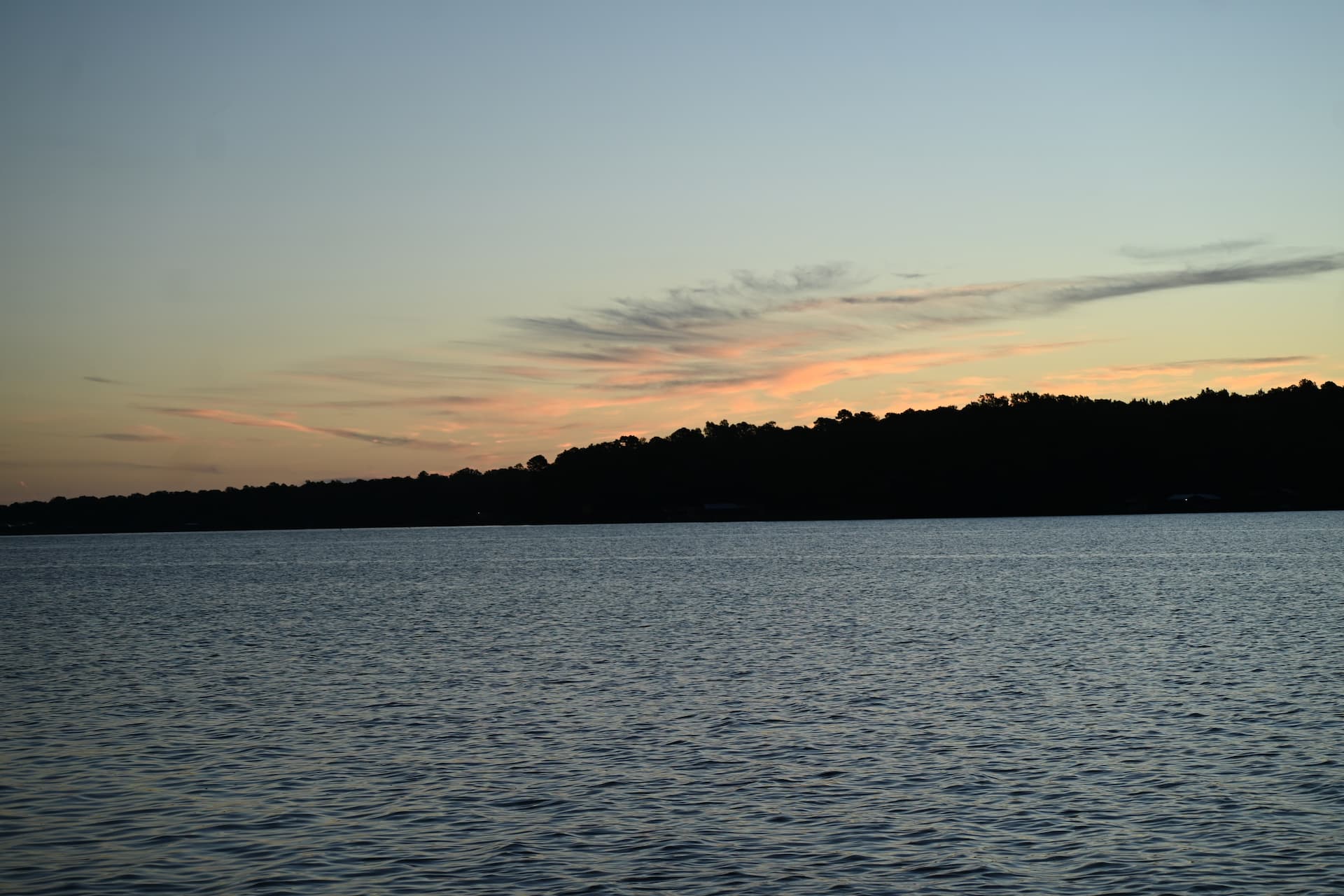Description
The Black Crappie (Pomoxis nigromaculatus) is a popular freshwater fish species renowned for its appeal to anglers and its distinctive appearance. As a member of the sunfish family Centrarchidae, it is widely distributed throughout North America and holds a special place in recreational fishing.
Physical Characteristics
Black Crappie are characterized by their deep and laterally compressed bodies, making them appear disc-shaped. They have dark, olive-green to blackish sides covered with irregular, dark speckles, giving them their name. The dorsal fin typically has seven or eight spines, while the anal fin has five to six spines. Black Crappie have a large mouth, making them efficient predators.
Distribution
Native to North America, Black Crappie can be found in a variety of freshwater environments. They inhabit lakes, reservoirs, rivers, ponds, and slow-moving streams. Their adaptability allows them to thrive in diverse habitats and water conditions.
Habitat and Behavior
Black Crappie prefer clear and moderately vegetated waters. They often seek shelter in submerged structures such as fallen trees, aquatic plants, and underwater debris. These fish are carnivorous, with a diet that includes small fish, insects, crustaceans, and zooplankton. They are known for their schooling behavior, particularly during certain times of the year.
Reproduction
Black Crappie typically spawn during the spring months when water temperatures rise. They construct saucer-shaped nests in shallow, vegetated areas or around submerged structures. Males create and guard these nests, where females deposit their eggs. Once the eggs hatch, the male continues to protect the fry until they are capable of swimming on their own.
Ecological and Recreational Importance
Black Crappie play a vital role in aquatic ecosystems as both predators and prey. They help control populations of small aquatic organisms and serve as a food source for larger predatory fish species. Additionally, they are highly prized by recreational anglers due to their delicious flesh and challenging fight, making them a sought-after gamefish.
Conservation and Management
Effective management of Black Crappie populations involves monitoring their abundance, size, and health. Fisheries management agencies often implement regulations, such as size and bag limits, to ensure sustainable fishing practices. Conservation efforts also focus on maintaining the health of aquatic ecosystems to support robust populations of Black Crappie and other species.
Conclusion
The Black Crappie is a beloved and ecologically significant fish species, appreciated for its role in aquatic ecosystems and its value as a gamefish. Understanding its natural history, habitat requirements, and conservation needs is essential for responsible management and the continued enjoyment of this iconic freshwater species.
Where can I buy crappie to stock my lake or pond?
Danbury Fish Farms offers quality black crappie for sale to stock your lake or pond. Black crappie are a great choice, easy to care for and offer a fun fishing experience for adults and kids of all ages. It gives a good fight on the line and its delicate white, flaky meat makes it one of our most requested sportfish to stock, especially for kids! Give us a call to check availability, get stocking advice, and place your order for your channel catfish! Call (979) 922-8414 today!
